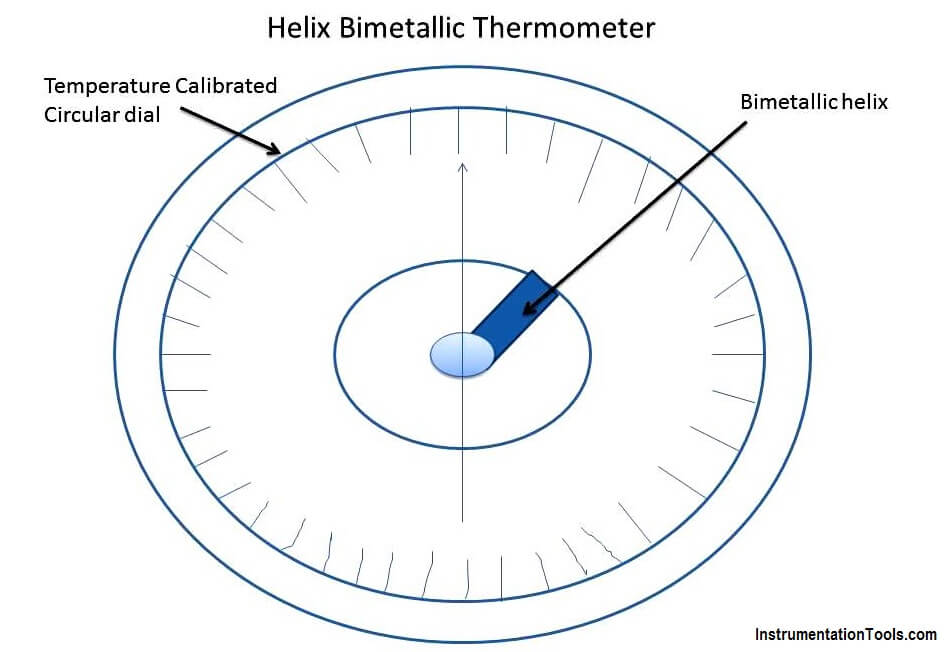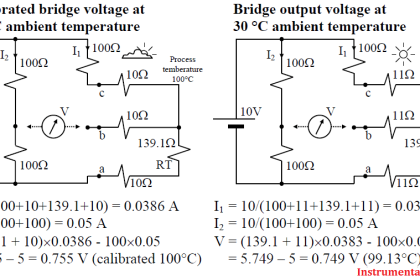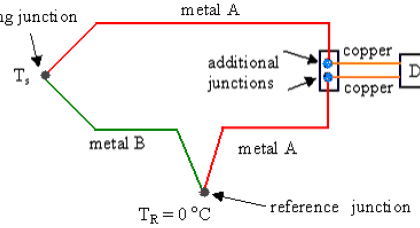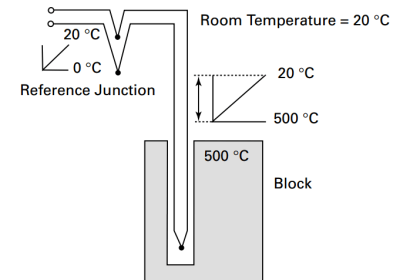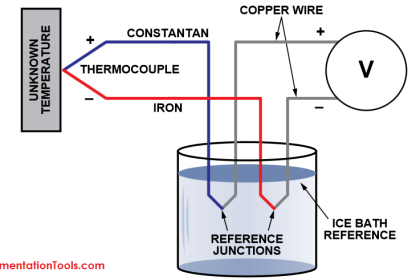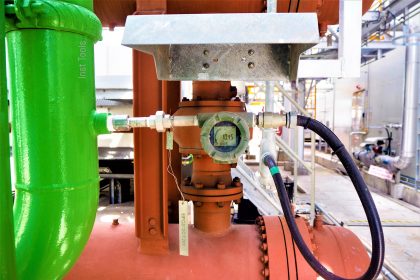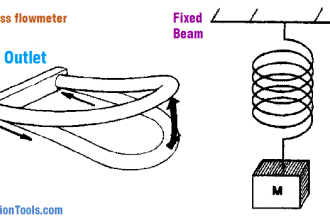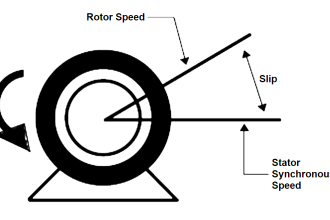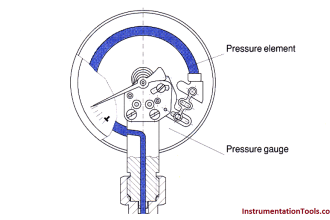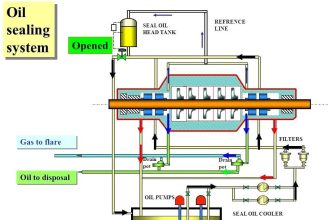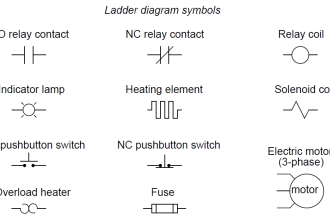This article is a continuation of my previous post on Bimetallic Thermometer
Principle of Helix Bimetallic Thermometer:
When a bimetallic helix fixed at one end and free at the other end is subjected to a temperature change, the free end of the bimetallic helix deflects proportional to the change in temperature. This deflection becomes a measure of the change in temperature.
Description of Helix Bimetallic Thermometer:
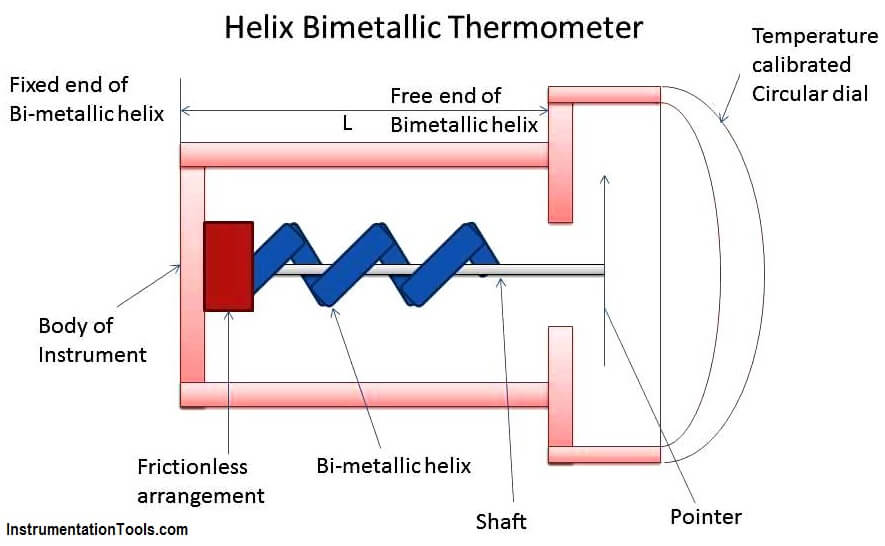
- A bimetallic helix which is fixed at one end to the body of the instrument and free at its other end.
- To the free end of the bimetallic helix is attached a shaft.
- One end of the shaft is mounted in friction less arrangement and its other end is connected to a pointer which sweeps over a temperature calibrated circular dial graduated in degrees of temperature.
Operation of Helix Bimetallic Thermometer:
When temperature of a medium is to be measured, the bimetallic thermometer is introduced into the medium for a length “L”
The bimetallic helix senses the temperature and expands resulting in a deflection at its free end.
This deflection at the free end of the bimetallic helix rotates the shaft connected to it. When the shaft rotates , the pointer attached to the shaft moves to a new position on the temperature calibrated dial indicating the measured temperature.
